I've never seen a mechanical switch data sheet with a frequency
response. Still, presumably, at different frequencies, it does start
behaving like a capacitor/inductor, and there is loss, hostile signal
coupling etc.
Before a mechanical switch's self-inductance and self-capacitance is of critical interest, its inclusion in a circuit will create a transmission line (due to the wires that connect to it).
The effect of it creating a transmission line is well-known to anyone dealing with high frequencies and, as said above, is due to the switch's wire connections rather than the inductance and capacitance of the switch element itself (a more negligible effect).
Hence, in all but a few cases, knowing the parasitic inductance and capacitance of the switching contact is missing the bigger problem of the switch wires becoming a transmission line.
At DC and audio frequency I've only ever seen people worry about the
quality of the contact.
There are "mechanical" switches that can be operated by magnets (called reed switches) and, some of these are designed to operate well into the 100s of MHz however, implementing a design that uses a reed switch still calls for expertise to avoid transmission line problems.
Here's an example of a reed-relay that works up to several GHz whilst maintaining a well-defined characteristic impedance of 50 Ω or 75 &ohm: -

Image from Pickering Electronics.
